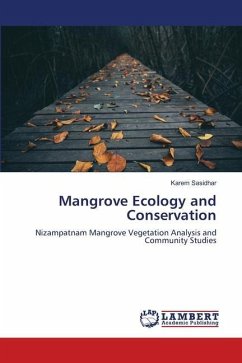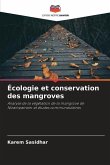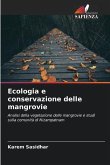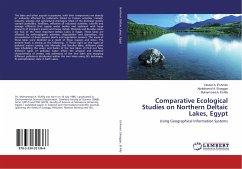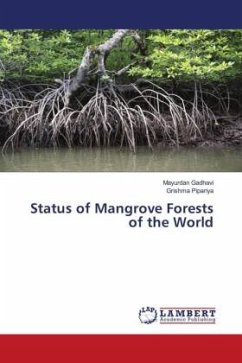Mangroves are the most productive and unique blue-carbon ecosystems in the world. They are salt tolerant plant communities occurring in sheltered coastline areas in the tropical, sub-tropical and intertidal regions of the earth. Mangroves provide a wide range of ecological services and economic benefits to mankind and give direct or indirect livelihood to billions of coastal people. These ecosystems are the breeding and feeding grounds for a number of marine fauna and they enrich the near-shore environment, act as windbreakers, protect the shoreline from storms and prevent coastal erosion. They are well known for their role as "Natural Coast Guards" and "Sentinels of the Coastal Areas". Mangrove flora plays a vital role in mitigating greenhouse gas emissions and maintaining ecological balance. The book consolidates existing and emerging information on mangrove ecology of the Krishna estuary in Guntur District, with special reference to mangrove biodiversity and management. The book is a comprehensive compilation covering all aspects of mangrove ecology. It is useful for students and researchers in ecology, plant sciences and environmental sciences for further study and research.
Bitte wählen Sie Ihr Anliegen aus.
Rechnungen
Retourenschein anfordern
Bestellstatus
Storno

